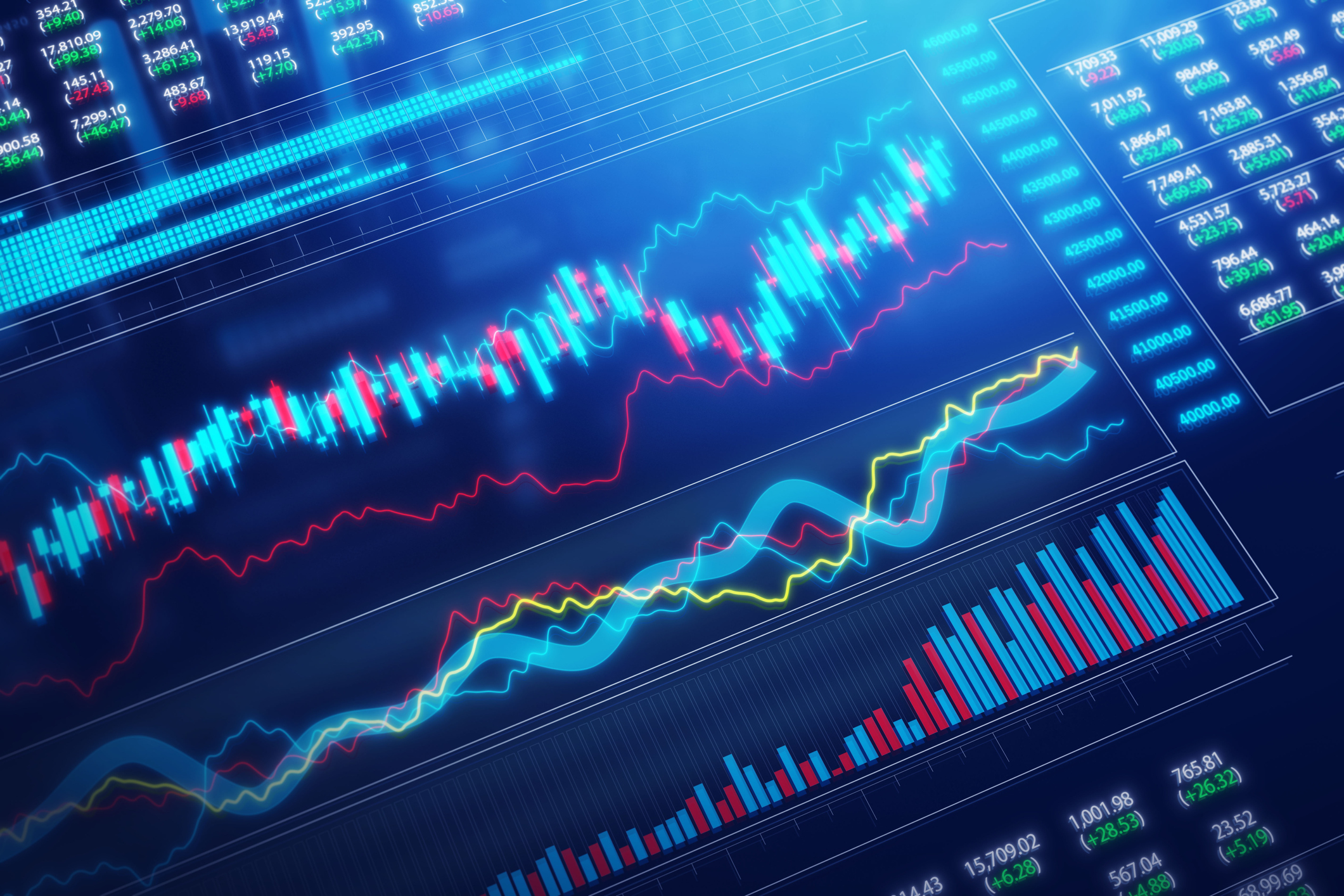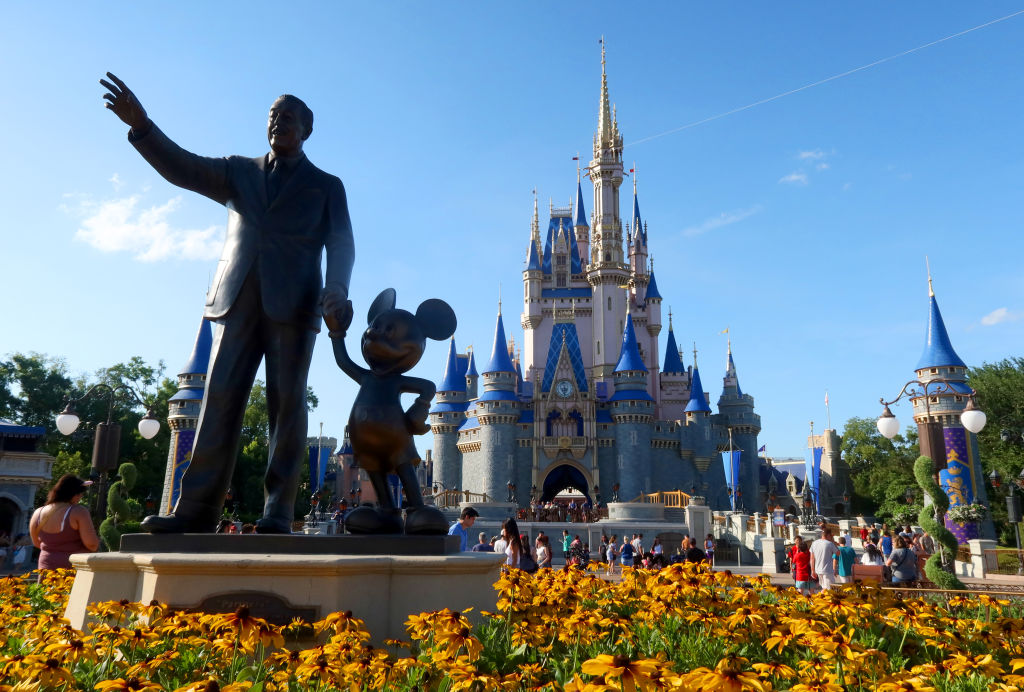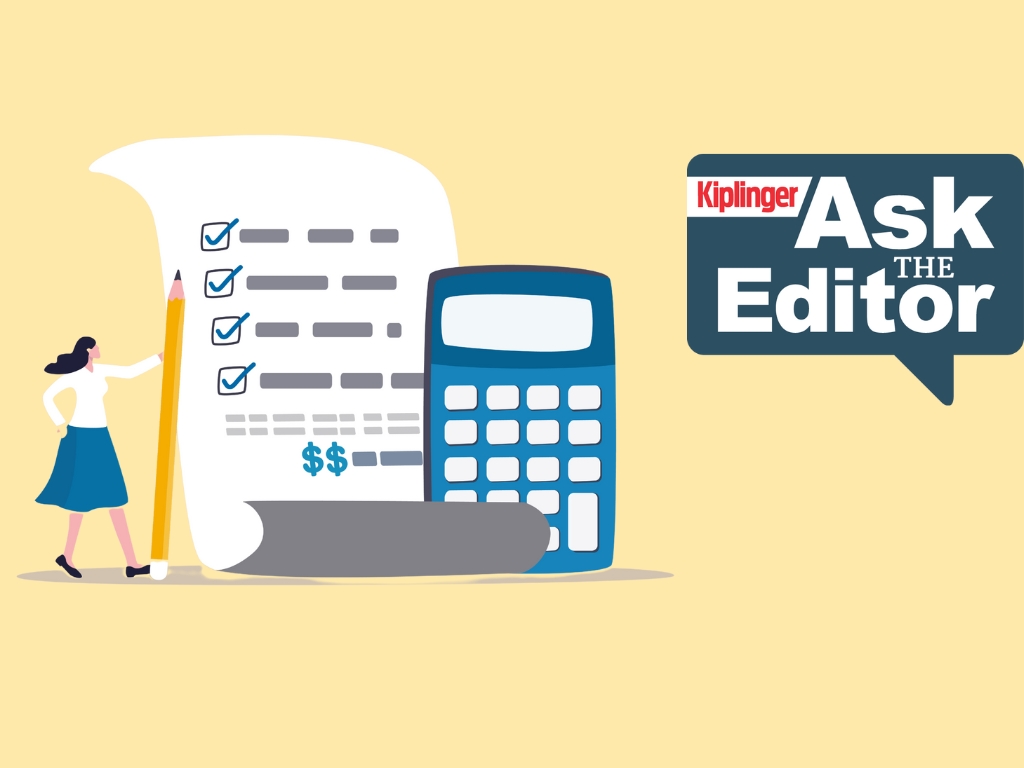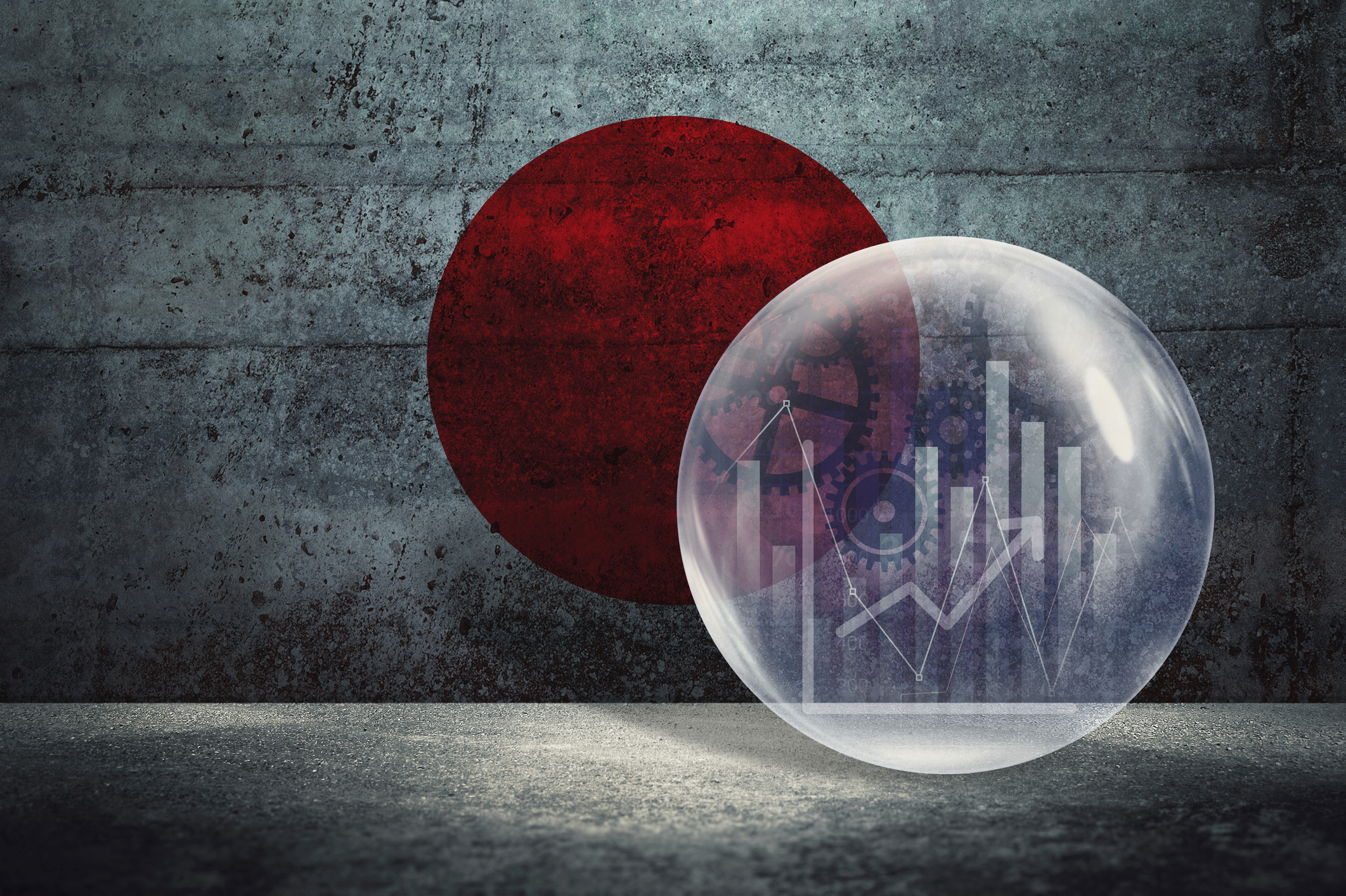There’s no question that China’s economy is losing steam. The fast-rising economic juggernaut grew by only 7.6% during the year ending in the second quarter, it reported last week. That’s the slowest growth China has posted since the 2008 global financial collapse, and far below the 10%-12% pace it typically enjoyed before the recession.
SEE ALSO: New U.S.-China Rivalry: Vying for Asia's Trade
But China isn’t headed for anything like recession -- or even a hard landing, as some forecasters have feared. Though the growth rate of 7.5%-8% now predicted for the second half of 2012 won’t match China’s previous growth rates, it’s not a terrible performance, either. Compare it, for example, with the U.S.’s 2% pace of growth: an anemic recovery, but still not a recession.
From just $107.88 $24.99 for Kiplinger Personal Finance
Become a smarter, better informed investor. Subscribe from just $107.88 $24.99, plus get up to 4 Special Issues

Sign up for Kiplinger’s Free Newsletters
Profit and prosper with the best of expert advice on investing, taxes, retirement, personal finance and more - straight to your e-mail.
Profit and prosper with the best of expert advice - straight to your e-mail.
The slowdown in China is big enough, however, to have a modest impact on the global economy. China has been the single biggest contributor to global growth in recent years. Exporters from Europe and several Asian countries will be particularly hard-hit, and the overall world economy will lose some momentum.
By itself, the Chinese slowing can’t push the U.S. economy back into recession. But it does add to the already large risks posed by the continued disarray and economic slump in Europe and the prospect of Congress failing to avert the looming fiscal cliff -- deep, mandatory across-the-board budget cuts and tax increases scheduled for 2013.
In addition, the Obama administration’s hopes that China will move further away from being an export-led economy to one fueled more by domestic consumption, which presumably would spur more buying of U.S.-made products, also will be put on hold. China hadn’t made much progress before the current slowdown began and isn’t likely to now.
The slowdown may even prompt the country to return to relying on exports to boost its economic growth rate. That would mean more state support for exporting industries -- through subsidies and preferences -- plus increased tariffs and regulatory restrictions, new restraints on foreign imports and limiting any further increase in the value of the yuan.
Watch for a more defiant posture from Bejing on the geopolitical front as well, the classic blame-the-foreigners ploy, which China often adopts to divert public attention from an economic squeeze. Among the possible signs: more strident Chinese rhetoric and angrier responses to disputes over the Spratly Islands and the South China Sea.
It’s not clear where the Chinese economy will go from here. Although some forecasts predict that the slowdown has hit bottom and China will begin growing faster over the next few months, it’s also possible that its economy has shifted in some fundamental way, and that growth will continue at a 7%-8% pace indefinitely.
That’s what happened to Japan in the early 1970s. After growing at a double-digit rate for most of the 1960s, Japan’s economy slowed to a more sustainable pace once it had matured. Despite the slower growth, Japan remained an economic powerhouse well into the 1980s. China may be headed into the same kind of transition.
China itself doesn’t seem as worried as its trading partners do. Chinese leaders have said for months that they want to see growth cool to between 7.5% and 8.5% a year. The slowing has helped ease the property-buying bubble and roaring inflation that followed the nation’s 2009 stimulus package. And there’s no job shortage requiring more stimulus.
Indeed, the steps that Beijing has taken over the past few months to try to spur faster growth have been relatively modest. The central bank has cut interest rates somewhat and reduced the level of reserves that banks are required to hold. But neither has been of the size and at the pace that leaders ordered at the start of the 2008-2010 recession.
Technically, China can easily afford to finance a second major stimulus package. It has massive reserves (and massive needs). But there also are some constraints: Both government debt and household debt are rising. Banks aren’t eager to lend more for property buying. And any quick-payoff construction projects have already been built.
Moreover, China doesn’t want to repeat the aftereffects of the 2009-2010 stimulus package. Though it kept the economy from plunging into a recession, it left behind a hangover of soaring inflation and a property price bubble. Thanks to the slowdown, the inflation threat has ebbed, and the bubble is easing.
Profit and prosper with the best of Kiplinger's advice on investing, taxes, retirement, personal finance and much more. Delivered daily. Enter your email in the box and click Sign Me Up.

-
 Nasdaq Leads as Tech Stages Late-Week Comeback: Stock Market Today
Nasdaq Leads as Tech Stages Late-Week Comeback: Stock Market TodayOracle stock boosted the tech sector on Friday after the company became co-owner of TikTok's U.S. operations.
-
 Disney’s Risky Acceptance of AI Videos
Disney’s Risky Acceptance of AI VideosThe Kiplinger Letter Disney will let fans run wild with AI-generated videos of its top characters. The move highlights the uneasy partnership between AI companies and Hollywood.
-
 Ask the Editor: Itemized Deductions
Ask the Editor: Itemized DeductionsAsk the Editor In this week's Ask the Editor Q&A, Joy Taylor answers questions on itemized deductions claimed on Schedule A of Form 1040
-
 What to Expect from the Global Economy in 2026
What to Expect from the Global Economy in 2026The Kiplinger Letter Economic growth across the globe will be highly uneven, with some major economies accelerating while others hit the brakes.
-
 Amid Mounting Uncertainty: Five Forecasts About AI
Amid Mounting Uncertainty: Five Forecasts About AIThe Kiplinger Letter With the risk of overspending on AI data centers hotly debated, here are some forecasts about AI that we can make with some confidence.
-
 Worried About an AI Bubble? Here’s What You Need to Know
Worried About an AI Bubble? Here’s What You Need to KnowThe Kiplinger Letter Though AI is a transformative technology, it’s worth paying attention to the rising economic and financial risks. Here’s some guidance to navigate AI’s future.
-
 Will AI Videos Disrupt Social Media?
Will AI Videos Disrupt Social Media?The Kiplinger Letter With the introduction of OpenAI’s new AI social media app, Sora, the internet is about to be flooded with startling AI-generated videos.
-
 What Services Are Open During the Government Shutdown?
What Services Are Open During the Government Shutdown?The Kiplinger Letter As the shutdown drags on, many basic federal services will increasingly be affected.
-
 The Economy on a Knife's Edge
The Economy on a Knife's EdgeThe Letter GDP is growing, but employers have all but stopped hiring as they watch how the trade war plays out.
-
 Apple Readies for AI Upgrade with New iPhones
Apple Readies for AI Upgrade with New iPhonesThe Kiplinger Letter The tech giant has stumbled when it comes to artificial intelligence, but a new batch of iPhones will help it make headway.
-
 Japan Enters a New Era of Risk and Reform
Japan Enters a New Era of Risk and ReformThe Kiplinger Letter Japan has entered a pivotal moment in its economic history, undertaking ambitious policy and structural reforms to escape from decades of stagnation.
